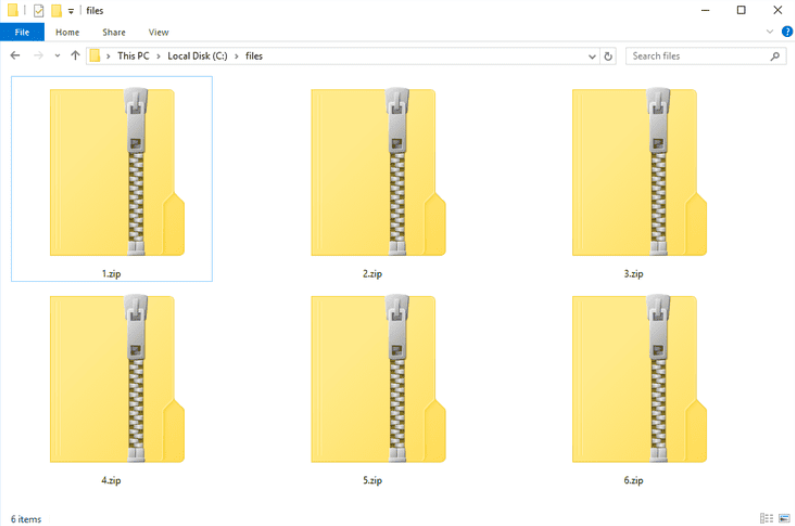
/PathtocompressasinglefileinFinder-8f0398cb401a46229e9a5c37ff4dcf47.jpg)
- ZIPPING SOFTWARE FOR MAC HOW TO
- ZIPPING SOFTWARE FOR MAC ZIP FILE
- ZIPPING SOFTWARE FOR MAC ARCHIVE
- ZIPPING SOFTWARE FOR MAC PASSWORD
However, it has a few features that stand out, such as a streamlined file manager, a password manager, conversion of all compatible formats to. Just like 7-Zip, Zipware is also a Windows-only extractor.

This file archiver is a free and open-source program with a 2-10% higher compression rate compared to WinZip and PKZip. zip file, they do come with added features that allow you to customize, password-protect, and repair your zip files. While it is not necessary to download third-party tools to extract a.
ZIPPING SOFTWARE FOR MAC HOW TO
If you’re using Linux, read here for an in-depth guide on how to unzip your file. Once there, select Preferences and set the location by clicking Save Expanded Files.
ZIPPING SOFTWARE FOR MAC ARCHIVE
If you want to change the default folder location, access Internal Hard Drive -> System -> Library -> Core Services -> Archive Utility.

Once extracted, the file will appear in the same folder as its archive.Double-click on the file you want to unzip.zip now can be found in the location you picked in step two.Īrchive Utility is Mac’s built-in tool that handles the. It is optional to check the box underneath if you need to see the content immediately after the extraction is done. Choose the directory where you want to keep the extracted files and click Extract.Right-click the file that you want to decompress and choose Extract All.zip goes by the name of Compressed (zipped) folders and here’s how to use it:
ZIPPING SOFTWARE FOR MAC ZIP FILE
While it is possible to see the content of a zip file by double-clicking on it on Windows, you still need to extract the files to use it. Because you’re only using what your computer already has, there is no need to download another tool. Using an OS Built-In Toolįirst, let’s take a look at how to extract files using native software found in Windows and macOS. Let’s look at each one of these options in more detail. By using your operating system’s built-in software.The files and/or folders will be extracted to the same location as the archive.There are two ways to extract zipped files: Unzipping a compressed archive is as easy as double-clicking on the zip file. If you compressed more than one file or folder, the zip archive will be named "Archive.zip" by default. If you compressed a single file, the zip archive takes the same name and adds a zip extension. Locate the newly created zip file in the same directory as the original files and/or folders.Select Compress or Compress X Items from the contextual dropdown menu.Alternately, drag a selection box over several files and/or folders with your cursor by holding down the left mouse button or pressing down on the trackpad. Right-click (or Control-click) on the file or folder you want to compress.Click the Finder icon in your Mac's Dock to make sure it's the active application.That's because Apple includes a built-in ability to zip files on your Mac, allowing you to quickly compress single files, groups of files, or entire folders. Whatever your use case, the good news is that there's no need to download additional software to compress files in macOS. People compress or "zip" electronic files for different reasons – to make them easier to transport electronically, to organize their backups, or to save device storage space, for example.


 0 kommentar(er)
0 kommentar(er)
